Grow Banana Tree Fast? Absolutely! Imagine harvesting your own sweet, creamy bananas right in your backyard. Sounds like a tropical dream, doesn’t it? Well, it’s more achievable than you might think! For centuries, bananas have been a staple food and a symbol of abundance in many cultures, from Southeast Asia to South America. They’re packed with nutrients and bring a vibrant, exotic touch to any garden.
But let’s be honest, the thought of growing a banana tree can be a little intimidating. You might be thinking, “I don’t live in the tropics!” or “It takes forever to get fruit!” That’s where these DIY tricks and hacks come in. I’m going to share some insider secrets to help you grow banana tree fast, even if you’re not a seasoned gardener. These methods are designed to accelerate growth, maximize fruit production, and make the whole process a lot easier and more rewarding.
Why do you need these tricks? Because life’s too short to wait years for a single banana! Plus, growing your own food is incredibly satisfying, and it’s a great way to connect with nature. So, get ready to roll up your sleeves and transform your garden into a mini-banana plantation. Let’s get started!
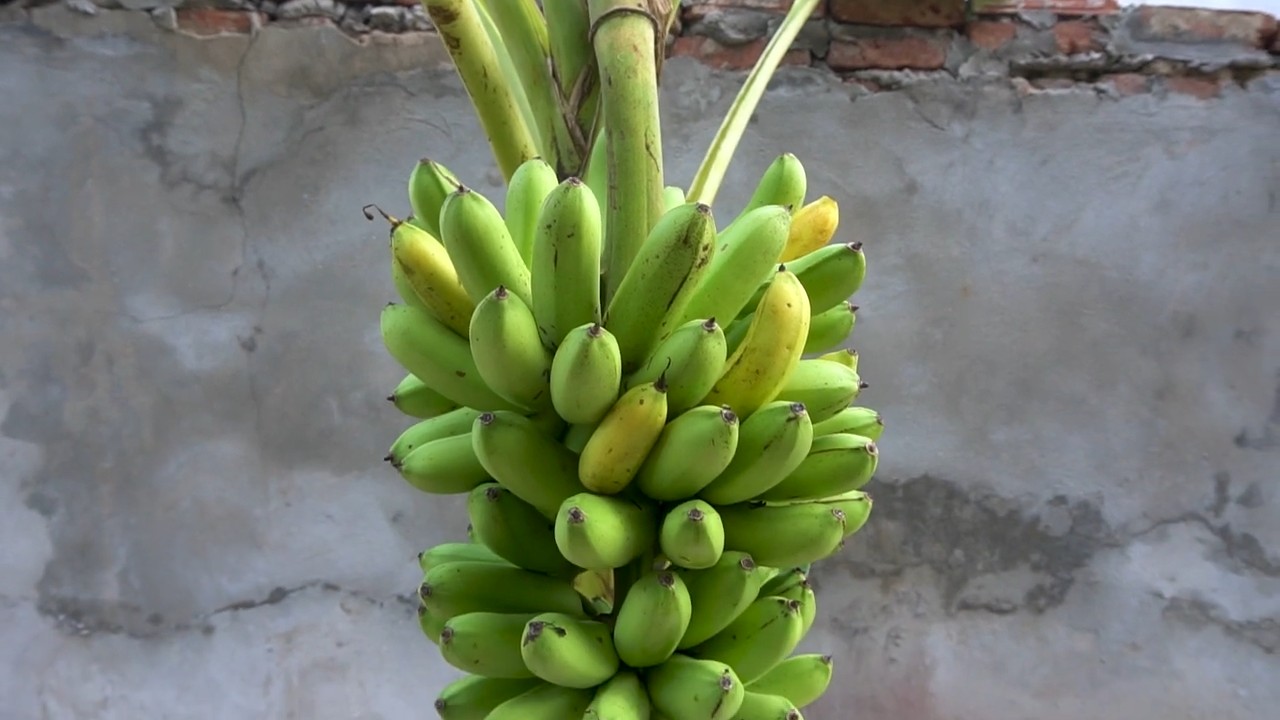
Grow Your Own Banana Paradise: A DIY Guide to Speeding Up Banana Tree Growth
Hey there, fellow plant enthusiasts! Ever dreamt of having your own mini-tropical oasis, complete with lush banana trees? I know I have! And while patience is a virtue, sometimes we want to see results a little faster, right? That’s why I’ve put together this comprehensive guide to help you accelerate the growth of your banana tree. Get ready to enjoy those delicious, homegrown bananas sooner than you think!
Choosing the Right Banana Variety
Before we dive into the nitty-gritty, it’s crucial to pick the right banana variety for your climate and space. Not all bananas are created equal! Some are better suited for warmer climates, while others can tolerate cooler temperatures. Also, consider the size of the mature tree. Dwarf varieties are perfect for smaller gardens or even container growing.
* Dwarf Cavendish: A popular choice for its manageable size and sweet fruit.
* Grand Nain: Another widely grown variety, known for its high yield and disease resistance.
* Ice Cream Banana (Blue Java): A unique variety with a vanilla-like flavor and a bluish tint to the fruit.
* Raja Puri: A cold-hardy variety that can tolerate temperatures down to 20°F for short periods.
Do some research and choose a variety that thrives in your area. This is the first step to success!
Preparing the Perfect Planting Site
Bananas are hungry plants, so preparing the soil properly is essential for rapid growth. They need well-draining soil that’s rich in organic matter.
* Sunlight: Banana trees need at least 6-8 hours of direct sunlight per day. Choose a location that gets plenty of sunshine.
* Soil: The ideal soil is slightly acidic (pH 6.0-6.5) and well-draining. Amend heavy clay soil with compost, peat moss, or other organic matter to improve drainage.
* Wind Protection: Banana leaves are large and can be easily damaged by strong winds. Choose a location that’s sheltered from strong gusts.
* Space: Give your banana tree plenty of room to grow. Dwarf varieties need at least 6-8 feet of space, while larger varieties need 10-15 feet.
Planting Your Banana Tree
Now for the fun part! Planting your banana tree is a relatively simple process, but following these steps will ensure a healthy start.
1. Dig the Hole: Dig a hole that’s twice as wide and as deep as the root ball of your banana plant.
2. Amend the Soil: Mix the soil you removed from the hole with compost, aged manure, or other organic matter. This will provide your banana tree with the nutrients it needs to thrive.
3. Plant the Banana Tree: Gently remove the banana tree from its container and loosen any circling roots. Place the tree in the hole, making sure the top of the root ball is level with the ground.
4. Backfill the Hole: Fill the hole with the amended soil, gently tamping it down to remove any air pockets.
5. Water Thoroughly: Water the newly planted banana tree thoroughly to help settle the soil and encourage root growth.
Boosting Growth with Proper Watering and Fertilizing
Watering and fertilizing are key to accelerating banana tree growth. These plants are heavy feeders and drinkers, so don’t skimp on these essential tasks.
Watering
* Frequency: Water your banana tree deeply and regularly, especially during hot, dry weather. Aim for at least 1-2 inches of water per week.
* Soil Moisture: Check the soil moisture regularly. The soil should be consistently moist, but not soggy.
* Drainage: Ensure the soil drains well to prevent root rot.
* Mulching: Apply a layer of mulch around the base of the tree to help retain moisture and suppress weeds.
Fertilizing
* Type of Fertilizer: Use a balanced fertilizer with a high potassium content (e.g., 10-10-20). Potassium is essential for fruit production.
* Frequency: Fertilize your banana tree every 2-3 months during the growing season (spring and summer).
* Application: Follow the instructions on the fertilizer label. Typically, you’ll sprinkle the fertilizer around the base of the tree and water it in thoroughly.
* Organic Options: Consider using organic fertilizers like compost tea, fish emulsion, or seaweed extract. These are gentle on the environment and provide essential nutrients.
Pruning and Maintenance for Optimal Growth
Pruning and regular maintenance are crucial for keeping your banana tree healthy and productive.
* Remove Dead or Damaged Leaves: Regularly remove any dead, damaged, or yellowing leaves. This will improve air circulation and prevent disease.
* Remove Suckers: Banana trees produce suckers (small shoots that grow from the base of the plant). Remove these suckers regularly to prevent them from competing with the main plant for resources. You can either cut them off at the base or dig them up and transplant them to start new banana trees. I usually leave one or two strong suckers to replace the main plant after it fruits.
* Support the Plant: As your banana tree grows taller, it may need support to prevent it from toppling over, especially when it’s laden with fruit. Use stakes or ropes to support the trunk.
* Pest and Disease Control: Keep an eye out for pests and diseases. Common banana tree pests include aphids, spider mites, and nematodes. Common diseases include Panama disease and black Sigatoka. Treat any infestations or infections promptly with appropriate pesticides or fungicides. I prefer using organic solutions whenever possible.
Creating a Microclimate for Faster Growth
If you live in a cooler climate, you can create a microclimate to help your banana tree thrive.
* Plant Near a South-Facing Wall: A south-facing wall will absorb heat during the day and radiate it back to the plant at night.
* Use a Greenhouse or Cold Frame: A greenhouse or cold frame can provide a warm, sheltered environment for your banana tree.
* Wrap the Trunk: During cold weather, wrap the trunk of your banana tree with burlap or blankets to protect it from frost.
* Mulch Heavily: Apply a thick layer of mulch around the base of the tree to insulate the roots.
Advanced Techniques: Propagation and Tissue Culture
For the more adventurous gardeners, here are a couple of advanced techniques for propagating banana trees and accelerating their growth.
Propagation by Suckers
As mentioned earlier, banana trees produce suckers. These suckers can be used to propagate new banana trees.
1. Choose a Healthy Sucker: Select a sucker that’s at least 1-2 feet tall and has several leaves.
2. Dig Up the Sucker: Carefully dig up the sucker, making sure to get as much of the root system as possible.
3. Prepare the Planting Hole: Dig a hole that’s twice as wide and as deep as the root ball of the sucker.
4. Plant the Sucker: Plant the sucker in the hole, making sure the top of the root ball is level with the ground.
5. Water Thoroughly: Water the newly planted sucker thoroughly to help settle the soil and encourage root growth.
Tissue Culture
Tissue culture is a more advanced technique that involves growing banana plants from small pieces of tissue in a sterile laboratory environment. This method allows for rapid propagation of disease-free plants. While it’s not something most home gardeners can do themselves, you can purchase tissue-cultured banana plants from nurseries. These plants tend to grow faster and are more resistant to disease.
Harvesting Your Homegrown Bananas
After all your hard work, it’s time to reap the rewards! Here’s how to know when your bananas are ready to harvest.
* Check the Shape: The bananas should be plump and rounded, rather than angular.
* Look at the Color: The bananas should have started to turn yellow, but not fully ripe.
* Test the Feel: The bananas should feel slightly soft to the touch.
* Harvest the Bunch: Cut the entire bunch of bananas from the tree, leaving a few inches of stem attached.
* Ripen Indoors: Hang the bunch of bananas in a cool, dark place to ripen. You can also place them in a paper bag with an apple or banana to speed up the ripening process.
Troubleshooting Common Banana Tree Problems
Even with the best care, you may encounter some problems with your banana tree. Here are some common issues and how to address them.
* Yellowing Leaves: This can be caused by a variety of factors, including nutrient deficiencies, overwatering, underwatering, or pests. Check the soil moisture, fertilize the tree, and inspect for pests.
* Brown Leaf Tips: This is often caused by dry air or salt buildup in the soil. Increase humidity by misting the leaves regularly
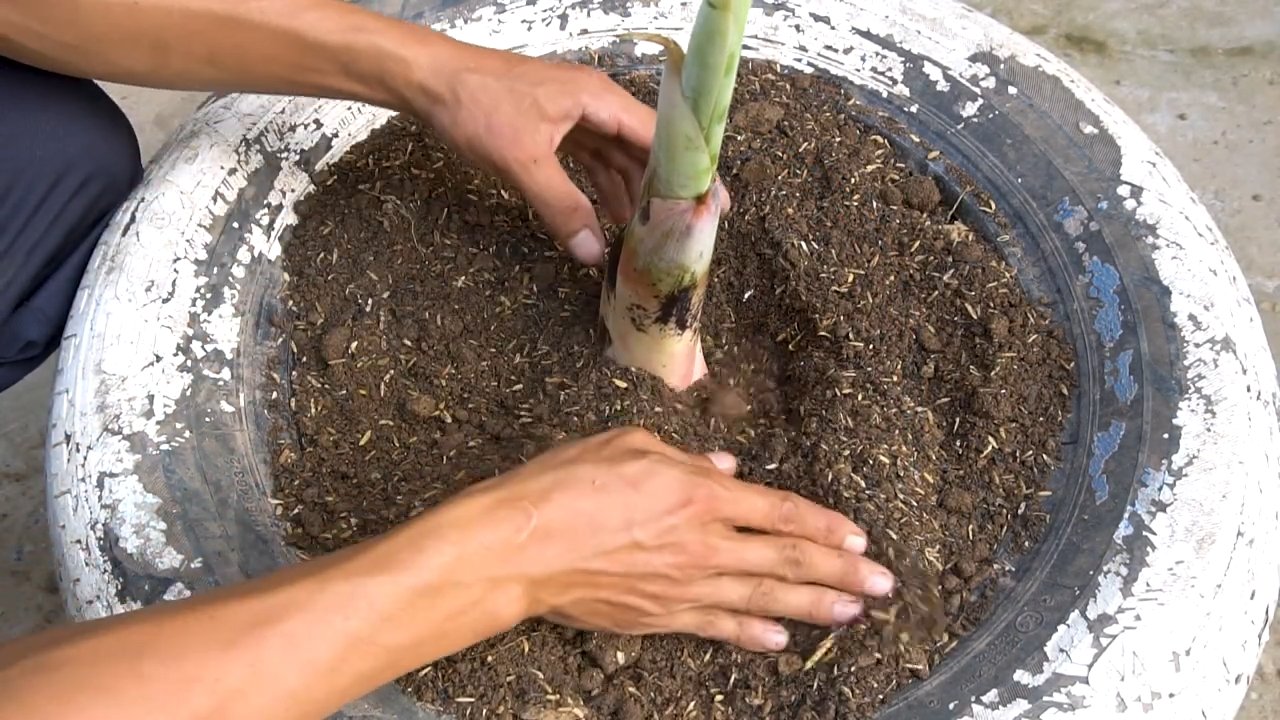
Conclusion
So, there you have it! Unlocking the secret to growing a banana tree fast is more attainable than you might think. This DIY trick isn’t just about speed; it’s about fostering a healthier, more robust plant that will reward you with delicious fruit sooner than you ever imagined. We’ve explored a simple yet effective method that leverages readily available resources and a little bit of horticultural know-how to significantly accelerate the growth process.
Why is this a must-try? Because it empowers you to take control of your gardening journey. Instead of waiting years for your banana tree to mature, you can witness tangible progress in a fraction of the time. Imagine the satisfaction of harvesting your own homegrown bananas, knowing that you played an active role in nurturing their growth from a mere sapling to a fruit-bearing marvel. This method also promotes stronger root development, making your banana tree more resilient to environmental stressors and diseases.
But the beauty of this DIY approach lies in its adaptability. Feel free to experiment with variations to suit your specific climate and growing conditions. For instance, if you live in a cooler region, consider using a greenhouse or cold frame to provide extra warmth and protection during the initial stages of growth. You could also explore different types of organic fertilizers to supplement the nutrient-rich soil mix. Perhaps you want to try a different type of banana tree, like the dwarf cavendish.
Don’t be afraid to get creative and personalize the process to your liking. The key is to consistently monitor your banana tree’s progress and make adjustments as needed. Pay close attention to its watering needs, ensuring that the soil remains consistently moist but not waterlogged. Regularly inspect the leaves for any signs of pests or diseases, and take prompt action to address any issues that may arise.
We are confident that this DIY trick will revolutionize your banana-growing experience. It’s a game-changer for both novice and experienced gardeners alike. The results speak for themselves: faster growth, healthier plants, and a bountiful harvest of delicious bananas.
Now, it’s your turn to put this knowledge into practice. We wholeheartedly encourage you to try this DIY trick and witness the magic unfold before your eyes. Start small, experiment with different techniques, and most importantly, have fun!
And once you’ve experienced the joy of growing a banana tree fast using this method, we’d love to hear about your journey. Share your experiences, tips, and photos with us in the comments section below. Let’s create a community of banana enthusiasts who are passionate about sharing their knowledge and inspiring others to embark on their own banana-growing adventures. Together, we can unlock the full potential of these amazing plants and enjoy the sweet rewards of our labor.
Frequently Asked Questions (FAQ)
1. What kind of banana tree is best suited for this fast-growing method?
While this method can be applied to various banana tree varieties, some tend to respond more favorably than others. Dwarf Cavendish, Rajapuri, and Williams Hybrid are popular choices known for their relatively faster growth rates and adaptability to different climates. However, it’s crucial to consider your local climate and growing conditions when selecting a banana tree variety. Research which types thrive in your area and choose one that is well-suited to your environment. Also, ensure you are purchasing a healthy sapling from a reputable nursery to give your tree the best possible start.
2. How often should I water my banana tree when using this method?
Watering frequency is crucial for successful banana tree growth. The goal is to keep the soil consistently moist but not waterlogged. Overwatering can lead to root rot, while underwatering can stunt growth. A good rule of thumb is to water deeply whenever the top inch of soil feels dry to the touch. This may translate to watering every 2-3 days during warmer months and less frequently during cooler periods. However, factors like soil type, pot size, and humidity levels can influence watering needs. Regularly check the soil moisture and adjust your watering schedule accordingly. Using well-draining soil is also essential to prevent water from pooling around the roots.
3. What type of fertilizer is recommended for promoting fast banana tree growth?
Banana trees are heavy feeders and require a consistent supply of nutrients to support rapid growth. A balanced fertilizer with a higher potassium content is generally recommended. Look for a fertilizer with an NPK ratio (Nitrogen, Phosphorus, Potassium) of around 10-5-20 or similar. Organic options like compost tea, banana peel fertilizer, and well-rotted manure can also be beneficial. Apply fertilizer every 2-3 weeks during the growing season (spring and summer), following the instructions on the fertilizer packaging. Avoid over-fertilizing, as this can damage the roots and harm the plant.
4. How much sunlight does a banana tree need to grow quickly?
Banana trees thrive in full sunlight, requiring at least 6-8 hours of direct sunlight per day. Insufficient sunlight can significantly slow down growth and reduce fruit production. If you’re growing your banana tree indoors, place it near a south-facing window where it can receive ample sunlight. You may also consider using grow lights to supplement natural sunlight, especially during winter months or in areas with limited sunlight. When moving a banana tree from a shaded area to full sunlight, do so gradually to prevent sunburn.
5. What are some common pests and diseases that can affect banana trees, and how can I prevent them?
Banana trees are susceptible to various pests and diseases, including aphids, spider mites, nematodes, and fungal infections like Panama disease and black Sigatoka. Regular inspection of your banana tree is crucial for early detection and prevention. To minimize the risk of pests and diseases, maintain good sanitation practices, such as removing dead leaves and debris from around the plant. Ensure proper air circulation to prevent fungal growth. Use organic pest control methods like neem oil or insecticidal soap to control infestations. Choose disease-resistant banana tree varieties whenever possible. If you suspect a serious disease, consult with a local agricultural extension office or plant pathologist for diagnosis and treatment recommendations.
6. Can I use this method to grow banana trees indoors?
Yes, this method can be adapted for growing banana trees indoors, but there are a few key considerations. Choose a dwarf banana tree variety that is well-suited for container growing. Ensure that your pot is large enough to accommodate the tree’s root system and has adequate drainage holes. Provide ample sunlight, either through a south-facing window or with the help of grow lights. Maintain a warm and humid environment, as banana trees thrive in tropical conditions. Regularly water and fertilize your banana tree, adjusting your schedule based on its specific needs. Be prepared to repot your banana tree as it grows larger.
7. How long does it typically take to see results with this fast-growing method?
While the exact timeframe can vary depending on factors like banana tree variety, climate, and growing conditions, you should typically start to see noticeable results within a few weeks of implementing this method. Expect to see increased leaf growth, a thicker trunk, and overall improved vigor. With consistent care and attention, your banana tree could potentially reach maturity and produce fruit in a significantly shorter time frame compared to traditional growing methods. Remember that patience is key, and results may not be immediate. Continue to monitor your banana tree’s progress and make adjustments as needed.
8. What should I do if my banana tree’s leaves start to turn yellow or brown?
Yellowing or browning leaves can indicate various issues, such as overwatering, underwatering, nutrient deficiencies, pest infestations, or diseases. Carefully assess your banana tree’s growing conditions and look for any signs of these problems. Check the soil moisture to determine if you’re watering too much or too little. Ensure that your banana tree is receiving adequate sunlight and nutrients. Inspect the leaves for any pests or diseases. Once you’ve identified the underlying cause, take appropriate action to address the issue. This may involve adjusting your watering schedule, fertilizing your banana tree, treating pest infestations, or addressing any underlying diseases. Prune away any severely damaged leaves to promote new growth.

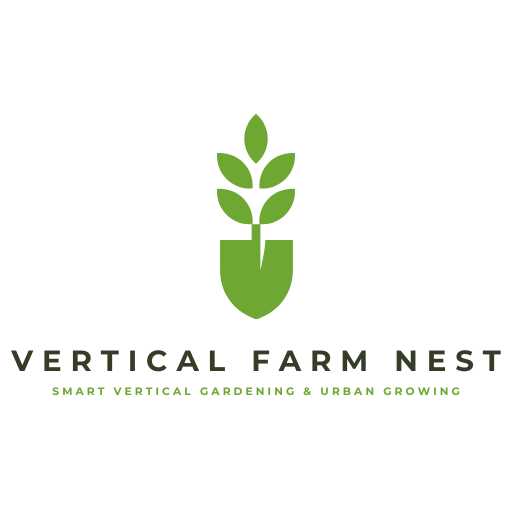
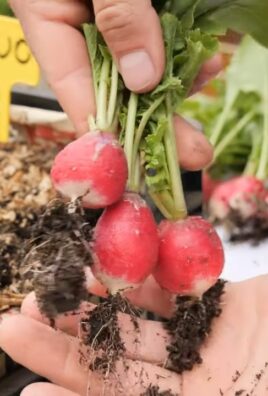

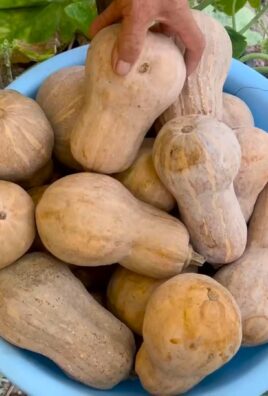
Leave a Comment